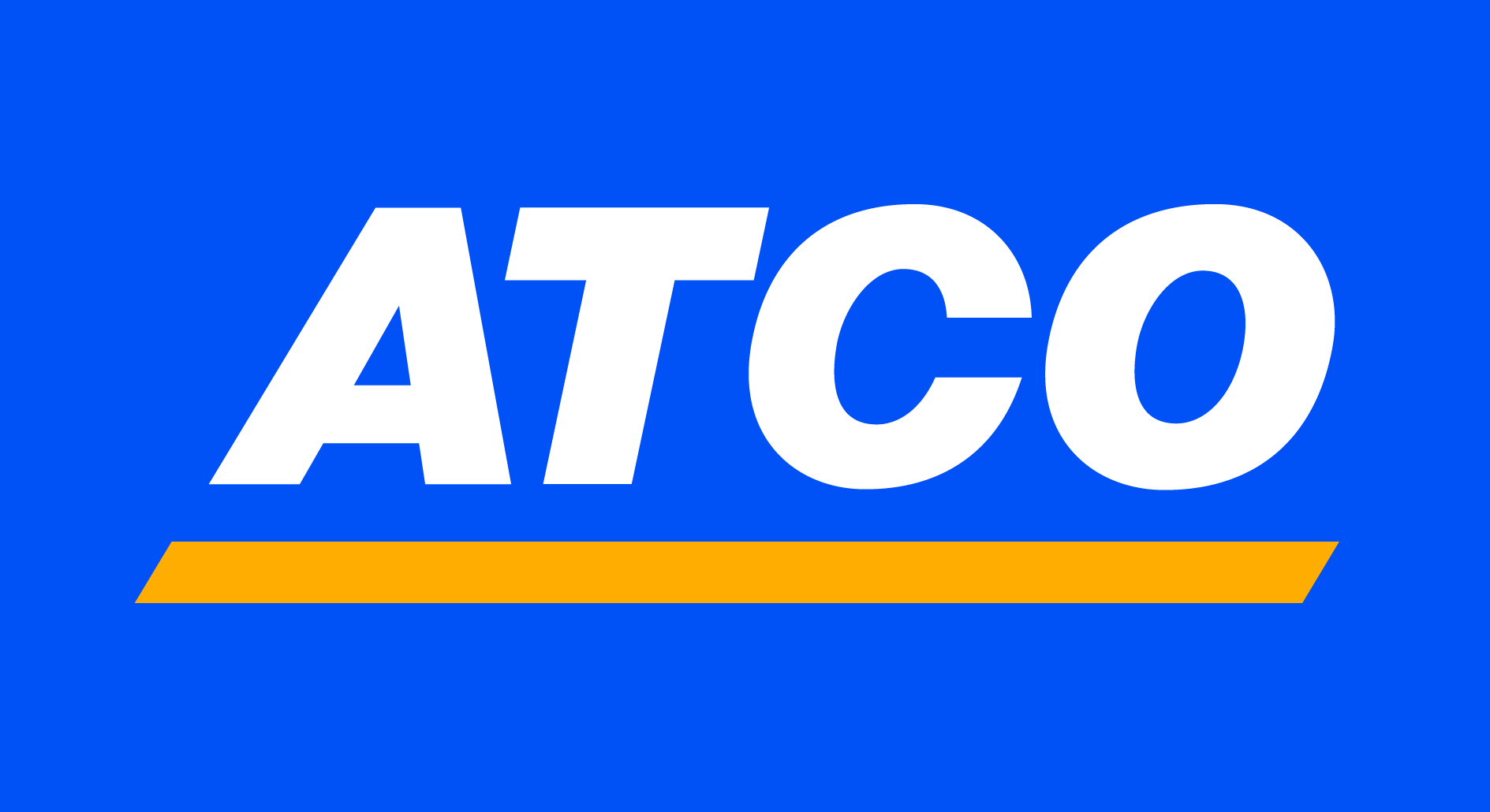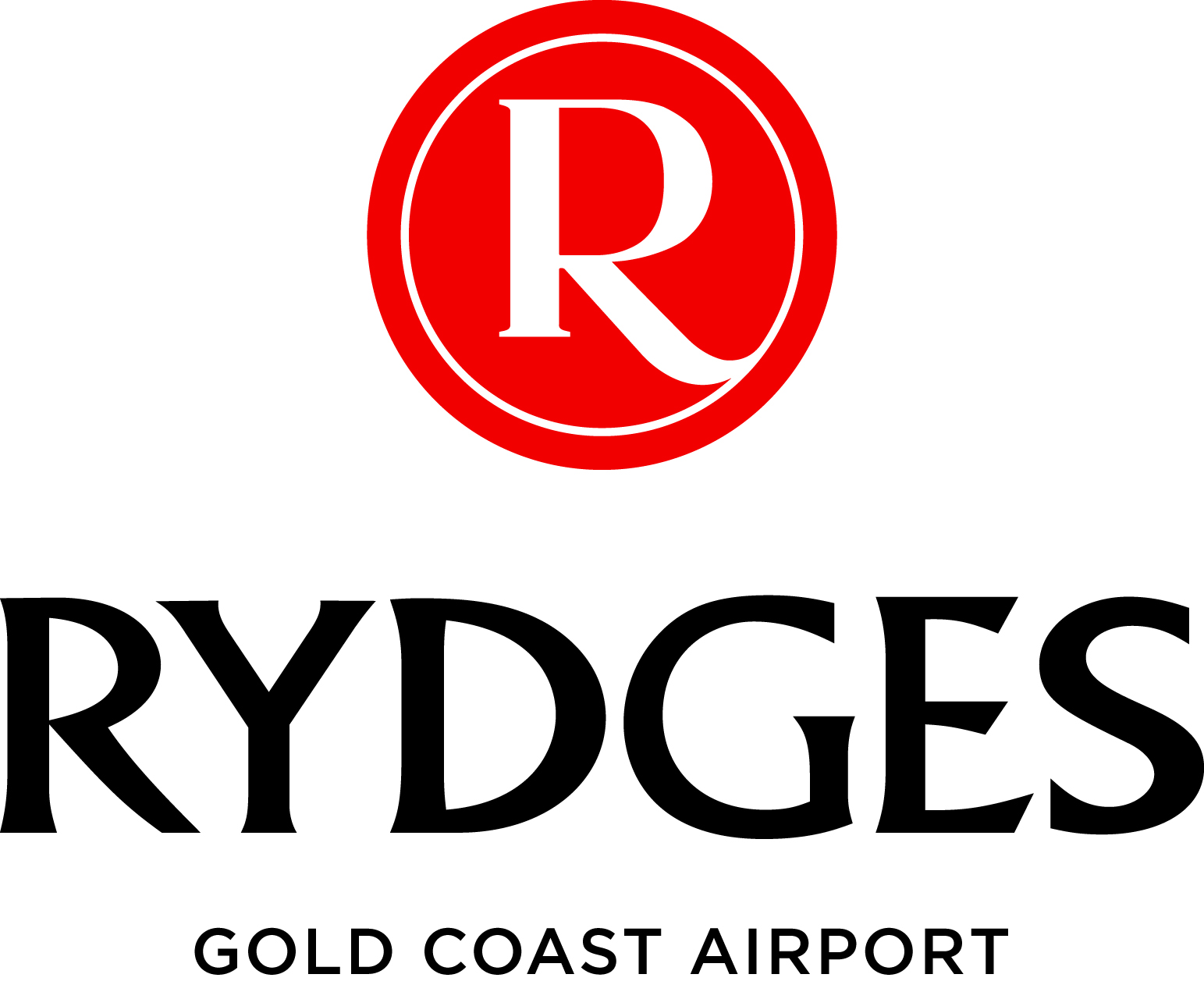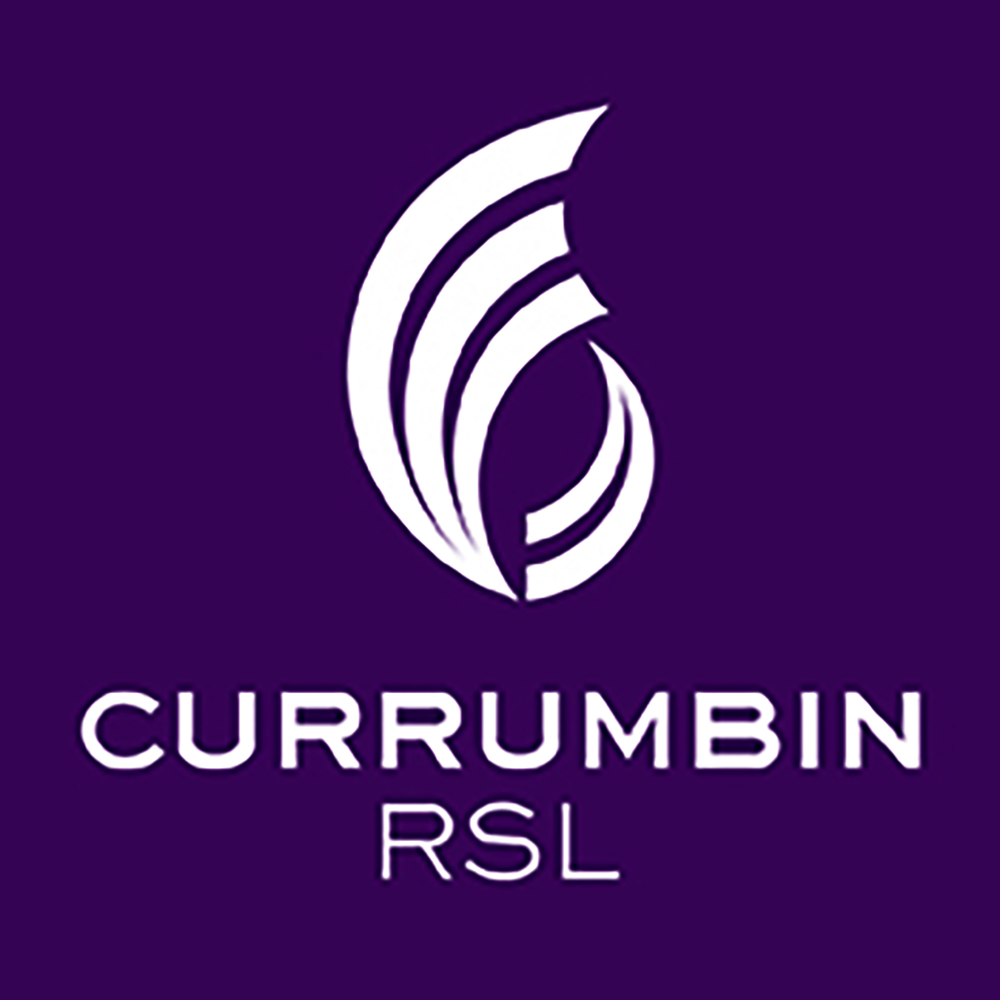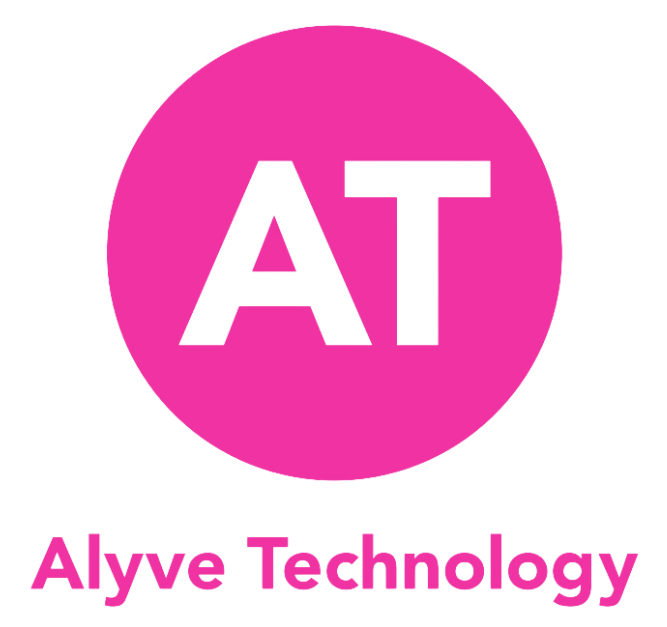Fires, drought and floods - the impact to our native wildlife
The devastating bushfires across Australia are a result of the conditions caused by extended drought and extremely dry hot weather. There has been a far bigger impact on the Australian native wildlife than ever imagined.
The animals admitted to Currumbin Wildlife Hospital during this time has increased 20% and although there have been a number of animals with direct burns from the bushfires there have been many more coming in due to drought and hot conditions. These animals are severely dehydrated and are not coping with the conditions.
Dr Michael Pyne, Senior Vet and General Manager of Currumbin Wildlife Hospital says that in the 20 years of working at the wildlife hospital, he has never seen anything like this.
“Australian native animals are designed for drought; they are meant to be able to cope with it. To have a drought and have conditions where Australian native wildlife can’t cope is going to a whole new place where they’re struggling so there is a broader impact on wildlife than just bushfires themselves. Since the bushfires, we’ve been fortunate to have some rain in the past month which has certainly made a difference. The animals coming in from dehydration have almost dropped to zero but having said that, if the rain stopped tomorrow, those drought conditions could return very quickly so there needs to be more rain to get back to a normal balance.”
“The positive news about Australian bushland is its capacity to regenerate after bushfire is good. Where there are long term problems are where the rainforests have been burned. Rainforests aren’t meant to burn, they’re not designed to come back after fire whereas a lot of Australian forests are designed to come back and certainly these areas are coming back now and the grasses are returning. The wildlife, such as wallabies are not relying on their food being supplied to them, they’ve gone and dispersed and are looking after themselves now.”
“The concern now is what the future holds. This could be a one in 100-year drought, and it’s happened now and everything is slowly returning to normal and the normal conditions mean our wildlife will bounce back. Areas of NSW and Victoria will take a long time to come back so there were certainly worries and concerns that species could have been wiped out entirely in the bushfires.”
“If what we saw this year is the new normal and these extreme weather patterns happen every third or fourth year then our wildlife is in big trouble, because next time it may not be able to bounce back again and that’s where the concern lies.”
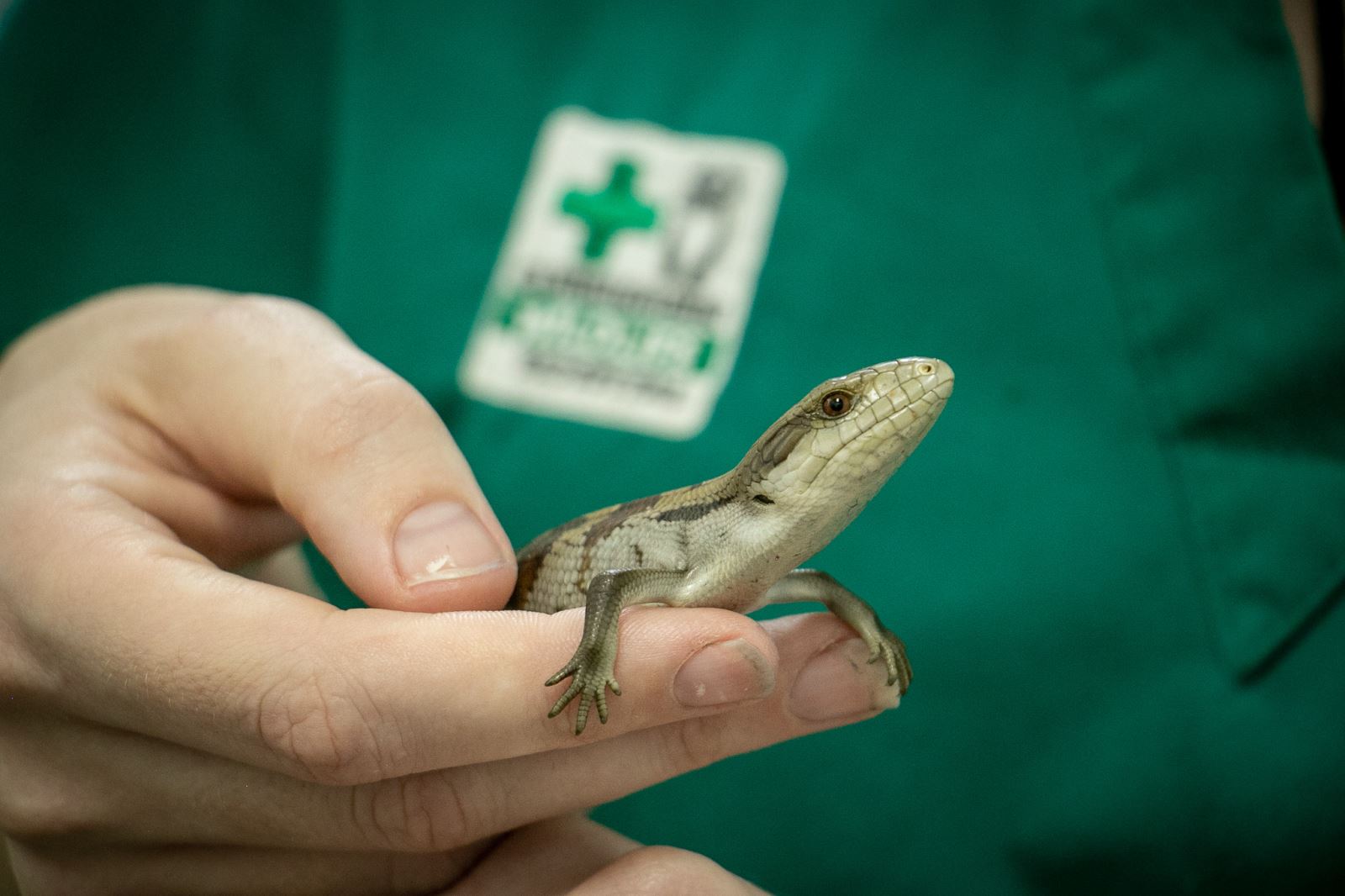
One positive outcome from recent bushfires is that now Australian wildlife is on the worldwide stage, especially the plight of the Koalas.
Dr Michael Pyne reminds us that Chlamydial disease is every bit as severe now as it was before the drought and it’s a huge threatening process affecting our native Koalas, particularly in South East Queensland and northern NSW areas where Chlamydial disease is at its worst and causing huge problems. More than half the Koalas Currumbin Wildlife Hospital admit are sick from Chlamydia and many of the others that come in for other reasons have sub-clinical Chlamydia so they’re getting sick from it.
While the situation seems dire, there is still hope for Koalas. Recent times have reinforced why wildlife hospitals are so important, not only for the treatment of animals but also for vital research, data collection and getting into the space of prevention when faced with new diseases and new conditions that put stress on wildlife.
The Facts:
- 2019 was the busiest year on record at Currumbin Wildlife Hospital. The total admissions for 2019 were 12,198, compared to 11,082 the previous year. This hospital is one of the busiest wildlife hospitals in the world and it’s located on the grounds of Currumbin Wildlife Sanctuary. Our mission remains the same; to treat, rehabilitate and release native wildlife.
- We were fortunate to receive a second wildlife ambulance this year, and it was certainly needed! Our ambulances rescued over 1,500 animals and travelled over 70,000km!
- Koala admissions have increased to almost 600 in 2019 up from 27 in 2008.
- Currumbin Wildlife Hospital has an amazing team of volunteers at the wildlife hospital, and in 2019 over 24,000 volunteer hours were worked over 5,076 shifts.
- The hospital received over 24,000 phone calls and spent 928 hours on the phone assisting members of the public, veterinary practices and wildlife carers with their wildlife enquiries.
- Nearly 500 additional admissions during recent bushfires, the increased admission of wildlife will continue to increase over the next 6-12 months as animals return to their devastated homes and seek food, limited shelter and try to remain healthy as they recover.
How you can help - support the Currumbin Wildlife Hospital Foundation today. Click here for more information.








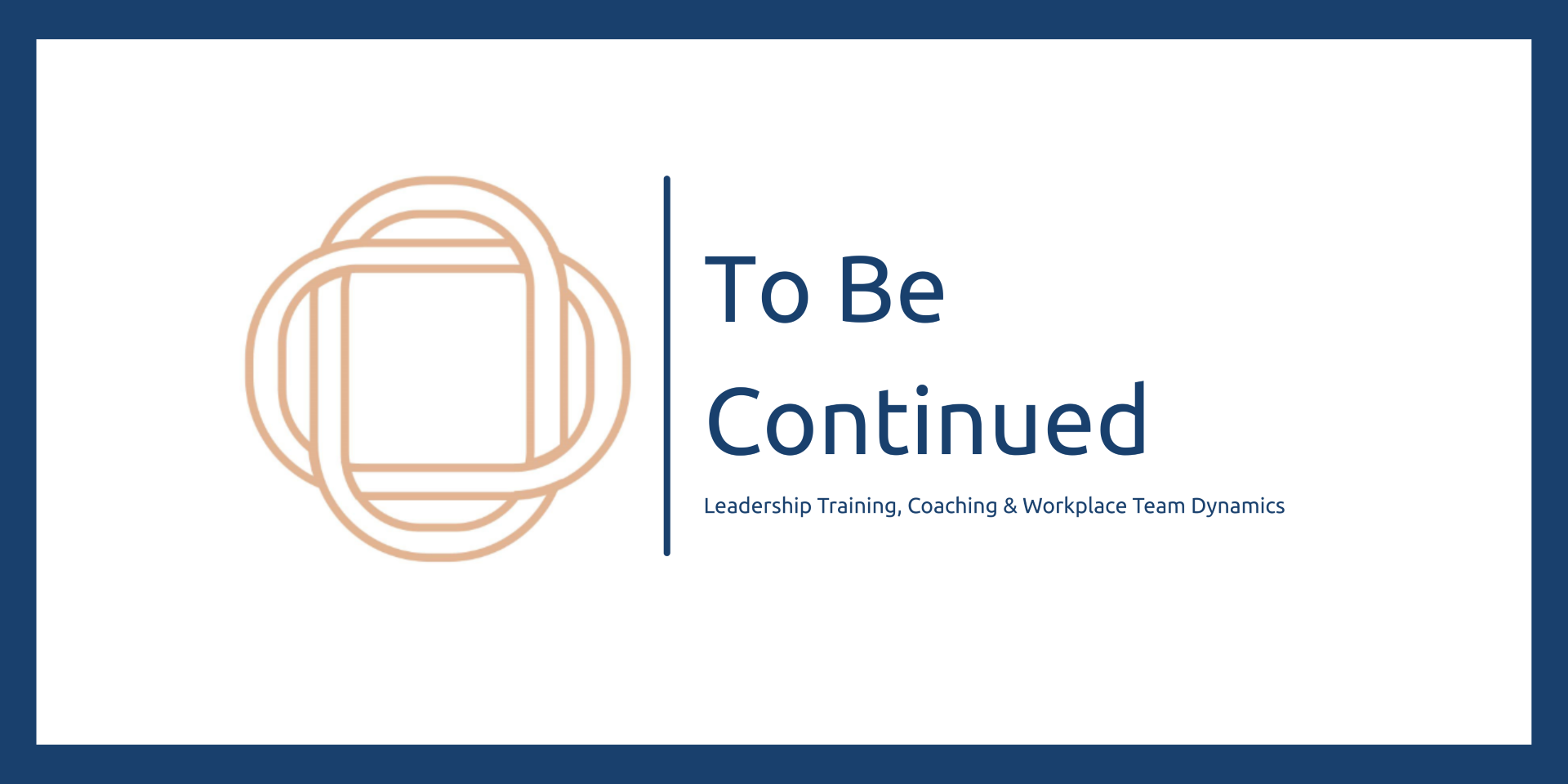

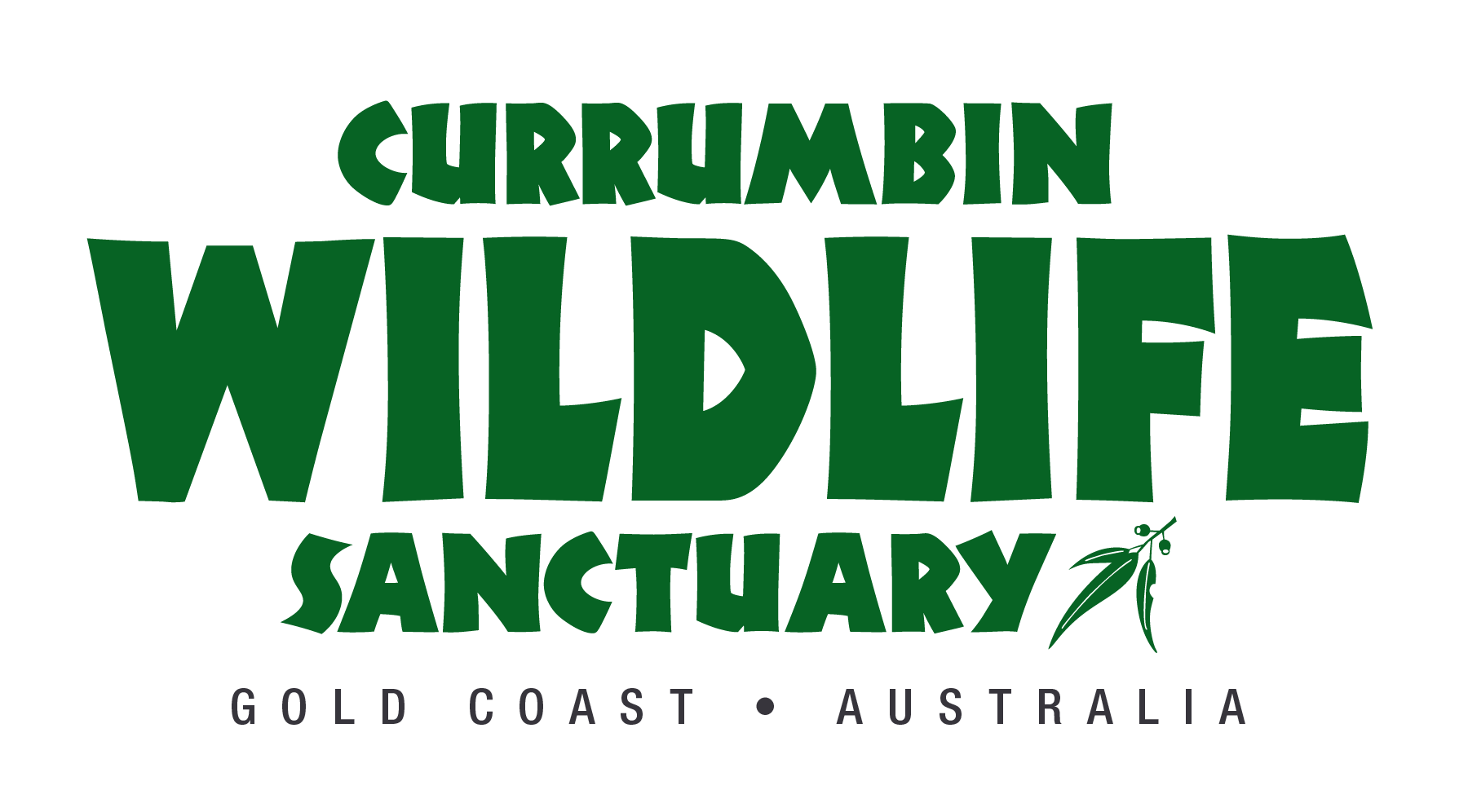







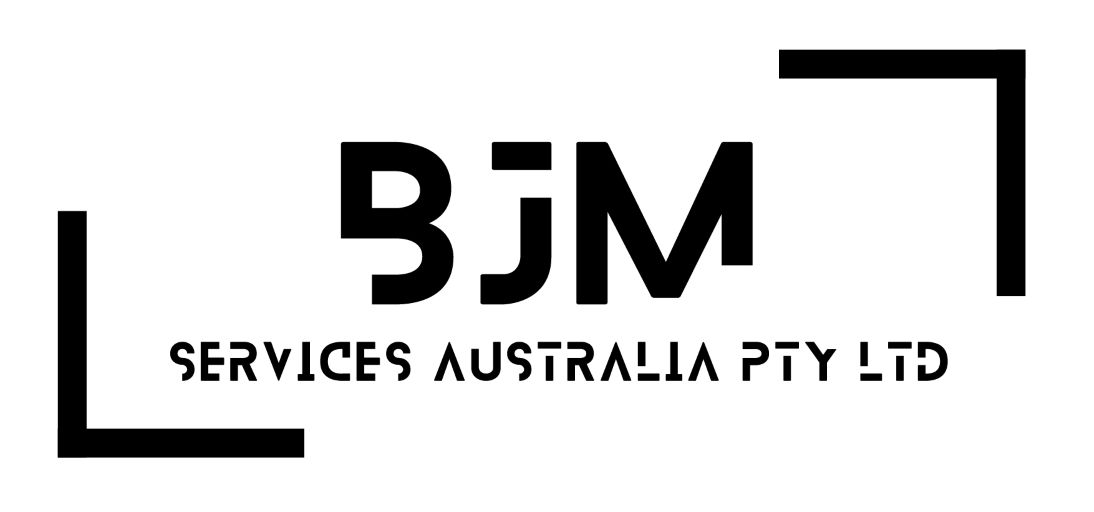
.jpg)



